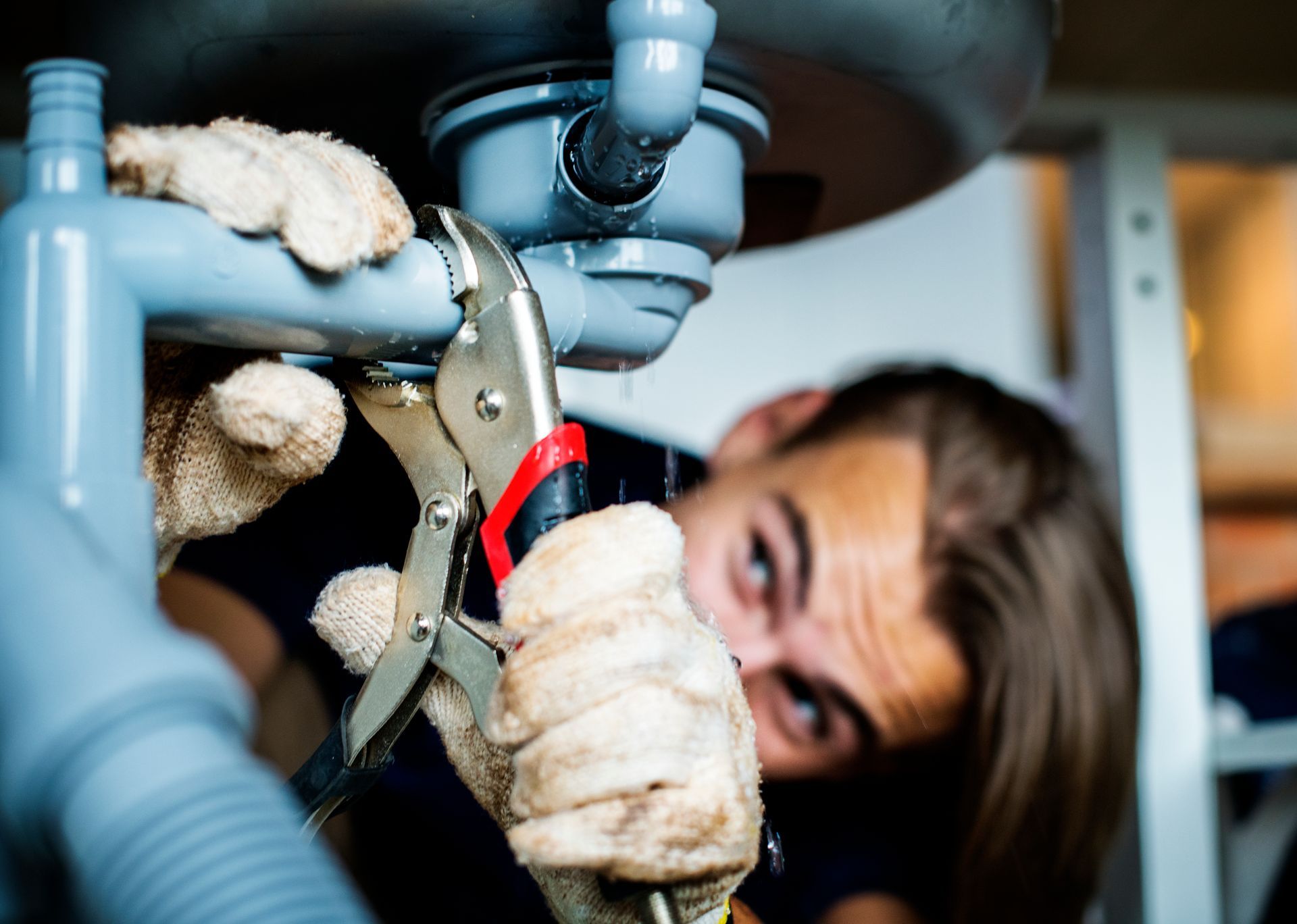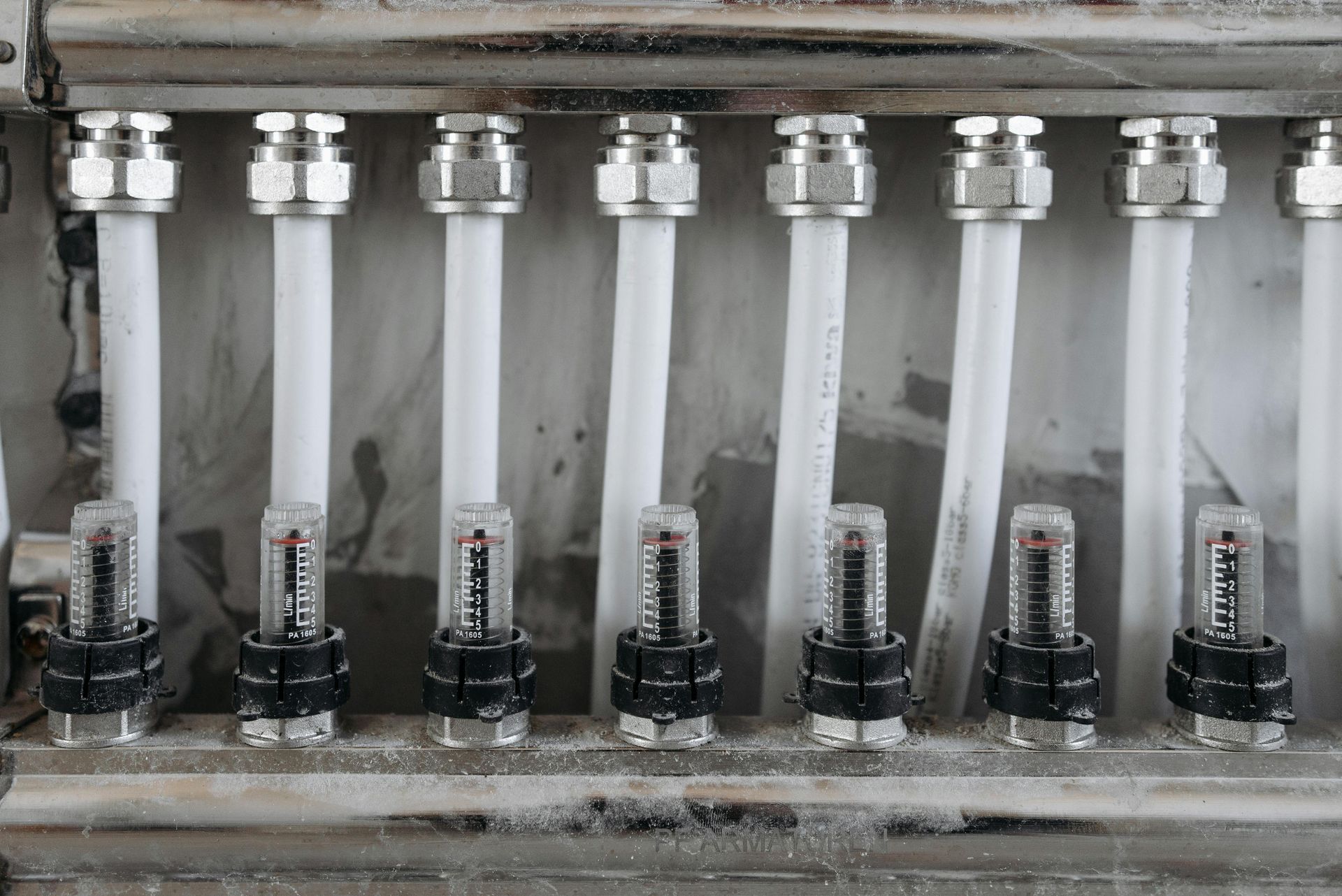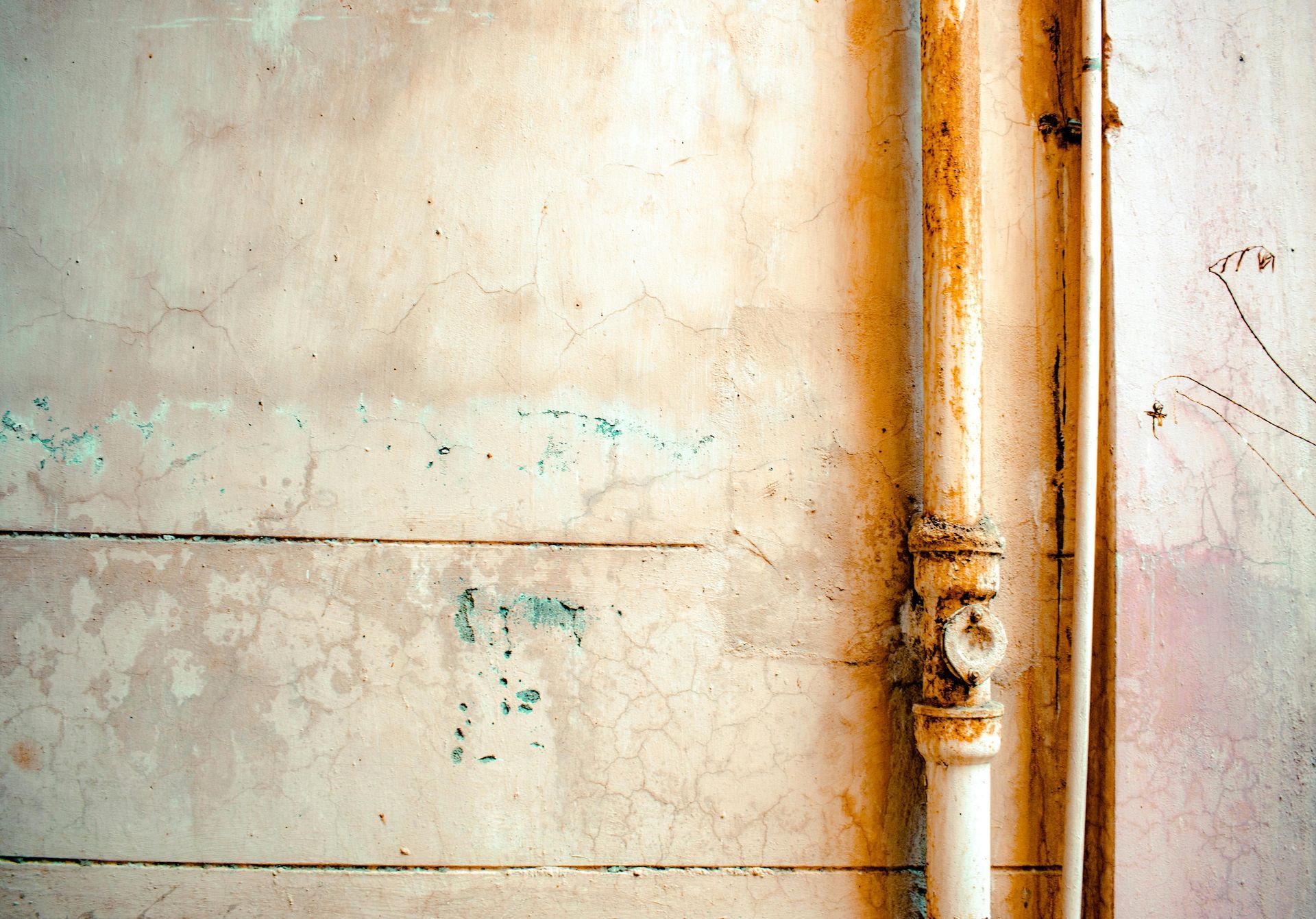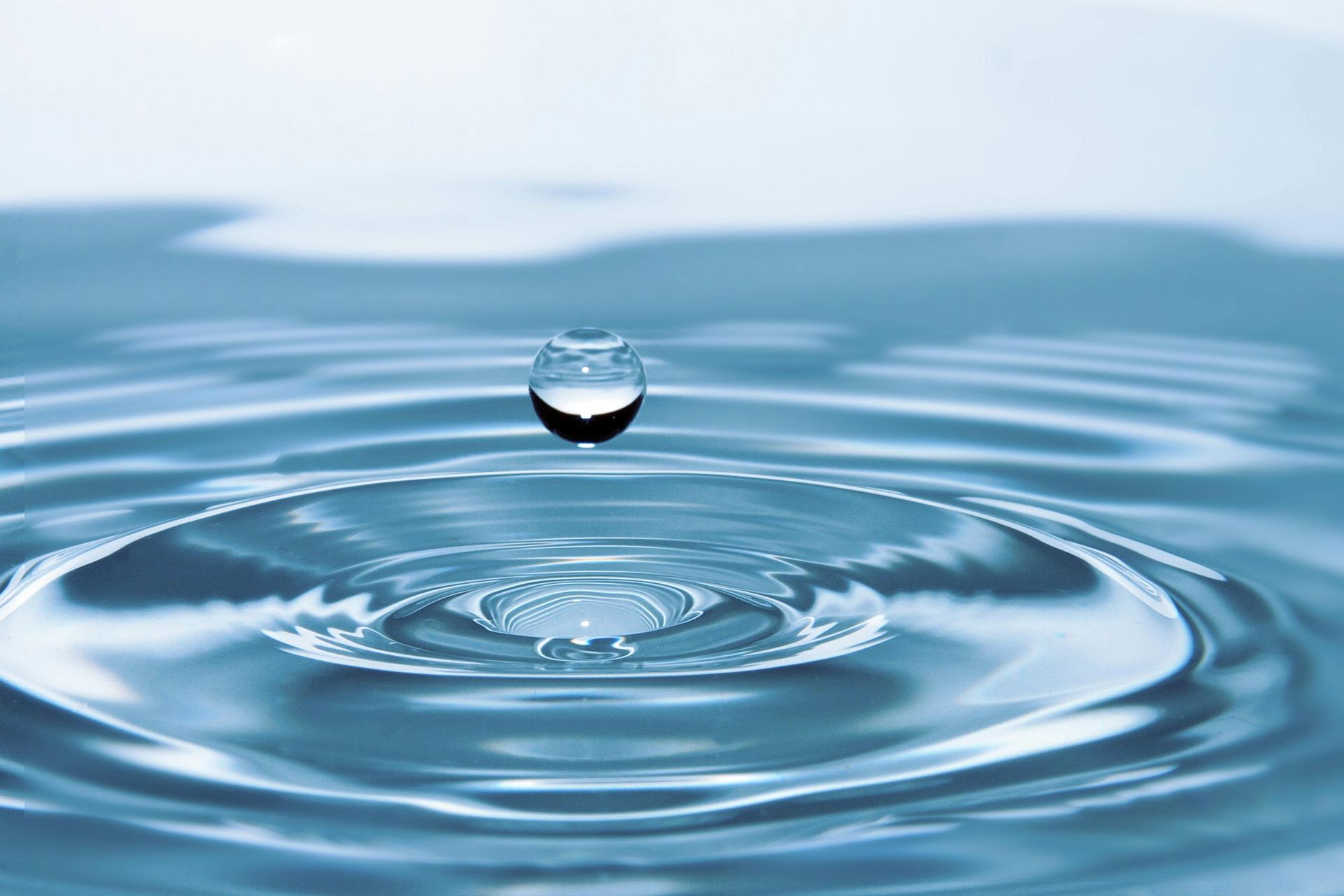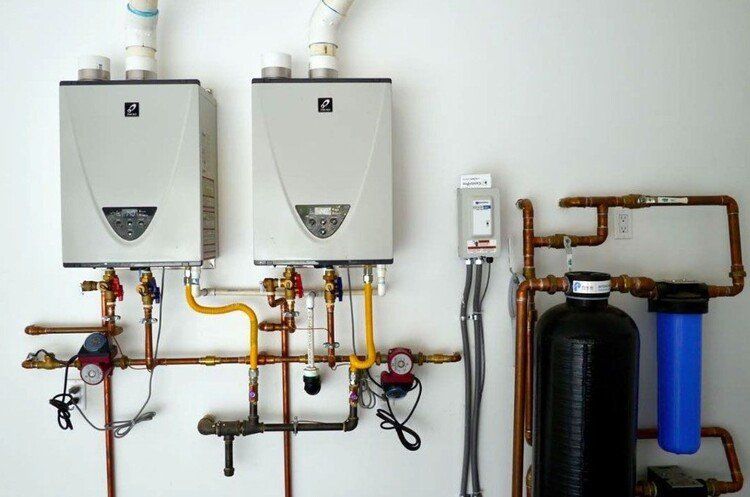How to Fix a Shower Diverter That’s Stuck or Leaking?
A shower diverter controls the flow of water between your bathtub faucet and showerhead, allowing you to switch seamlessly between the two. When the diverter valve becomes stuck or starts leaking, it disrupts your bathing experience and may cause water wastage or damage to your bathroom. Repairing or replacing a faulty diverter is essential for restoring your shower’s proper function and maintaining water efficiency. This comprehensive guide will walk you through the causes, diagnosis, and step-by-step repair of a stuck or leaking shower diverter, enriched with practical insights from experienced professionals like All City Plumbers. Along the way, we will also touch upon how to maintain your whole house water filtration system and why routine plumbing care—such as sump pump repair—is vital to overall home water management.
Understanding the Shower Diverter and Its Importance
The shower diverter is commonly a valve located on the tub spout or integrated into the faucet assembly that directs water either to the bathtub spout or the showerhead. There are several common types of diverters including:
- Tub-Spout Diverter: A pull-up or push-down lever on the tub spout; pulling or pushing redirects water.
- Three-Handle or Two-Handle Diverter Valves: Separate valves control the flow of water to the shower or tub.
- Valve-Integrated Diverters: Built within a single-handle faucet assembly.
A properly functioning diverter must operate smoothly, creating a tight seal to prevent leaks and fully divert water flow as desired. When the diverter is stuck, you may find water constantly flowing from both spout and shower, or an inability to switch water sources. Leaks around the diverter can cause water damage and waste but can often be repaired with patience and the correct approach.
Common Causes of a Stuck or Leaking Shower Diverter
Diverter problems arise from several factors:
- Mineral Buildup and Corrosion: Hard water deposits can bind moving parts, making the diverter stiff or stuck.
- Worn Seals or Gaskets: Rubber washers or O-rings within the diverter may shrink, crack, or erode over time.
- Faulty or Damaged Valve Components: Internal valve parts can become broken or misaligned.
- Improper Installation or Wear: Poor installation or physical damage can cause leaks or mechanical failure.
- Lack of Regular Maintenance: Neglecting periodic inspection and care, such as failing to maintain your whole house water filtration system, can accelerate mineral scaling and component wear.
Understanding these causes helps you decide whether cleaning, repairing, or replacing parts is required for lasting results.
Tools and Materials You Will Need
Before starting the repair, ensure you have the following:
- Adjustable wrench and pliers
- Screwdrivers (flathead and Phillips)
- Replacement diverter valve or repair kit (specific to your model)
- Silicone-based plumbing grease
- White vinegar or commercial descaling solution
- Plumber’s tape (Teflon tape)
- Towels or a bucket to catch drips
If you feel unprepared at any step, consulting plumbing specialists like All City Plumbers is advisable. Their expertise ensures professional-grade repairs and can prevent complications.
Step-by-Step Guide to Fixing a Stuck or Leaking Shower Diverter
Step 1: Prepare and Turn Off Water Supply
Begin by shutting off water supply to the bathtub or entire house if needed. Closing the main water valve helps avoid accidental flooding during repairs. Drain any residual water by opening the faucet and letting the water run out.
Place towels or a bucket under the work area to catch any drips from pipes or valves.
Step 2: Identify Your Diverter Type and Inspect
Determine the type of shower diverter you have (tub-spout, lever, or integrated valve) by examining the faucet or spout area. Remove any decorative caps or covers to access mounting screws and internal components.
Inspect visible components for corrosion, mineral deposits, or damaged seals. If the diverter assembly looks worn or broken, replacement is often more cost-effective than repair.
Step 3: Remove the Diverter Valve Assembly
For tub-spout diverters, unscrew the spout (left-hand threaded for most models) by rotating counterclockwise after removing any set screws. For handle or valve style diverters, remove the handle and faucet trim according to manufacturer directions.
Carefully extract the diverter valve from the plumbing fixture. Keep track of screws and small parts to ease reassembly.
Step 4: Clean and Descale Components
Soak removed parts in white vinegar or a recommended descaling solution to dissolve mineral buildup. Use a small brush or cloth to remove loosened deposits.
Apply silicone-based plumbing grease to moving parts and seals to restore smooth operation. Avoid petroleum-based lubricants as they can degrade rubber washers.
Step 5: Replace Damaged Seals or the Entire Diverter
If seals, O-rings, or washers appear cracked or worn, replace them with matching parts from a repair kit. In severe cases, replace the entire diverter valve assembly with a new one compatible with your plumbing fixture.
Apply plumber’s tape to threaded joints to ensure watertight seals during reinstallation.
Step 6: Reassemble and Test
Reinstall the diverter valve assembly, tighten mounting screws or fittings securely but without overtightening to avoid damage.
Turn the water supply back on slowly and test the diverter by switching water flow between the tub spout and showerhead. Check carefully for leaks around fittings and verify smooth operation.
Adjust or tighten parts as needed until the diverter functions without leaking or sticking.
Maintaining Your Shower Diverter and Overall Plumbing System
Proper maintenance prevents many diverter problems. Regularly flushing your plumbing system and maintaining your whole house water filtration system helps reduce mineral buildup throughout water fixtures. For homes prone to hard water, consider water softeners or scale inhibitors.
Additionally, attending to ancillary plumbing devices enhances system longevity. For instance, routine sump pump repair and inspection ensures your basement and drainage systems remain functional, indirectly protecting bathroom plumbing from backup or pressure issues.
Periodic inspection of faucet fixtures, diverters, and seals is wise to catch early signs of wear and prolong component life.
When to Call Professional Plumbers Like All City Plumbers
While minor repairs and cleaning are feasible for experienced DIYers, complex diverter issues—including extensive corrosion, problematic valve replacements, or leaks originating deeper in the plumbing system—require professional expertise.
Expert plumbers such as All City Plumbers have the tools and knowledge to perform repairs safely, quickly, and in compliance with local plumbing codes. They can also inspect related systems like your whole house water filtration setup or address contributing issues such as sump pump malfunctions to ensure your home’s plumbing health is fully preserved.
If leaks persist despite attempts to fix the diverter, or if you’re unsure of the valve type and repair procedures, professional consultation is recommended.
Conclusion
Fixing a shower diverter that’s stuck or leaking is vital for restoring optimal water flow, conserving water, and protecting your bathroom from damage. By following this detailed, professional guide—from identifying the diverter type, cleaning mineral deposits, replacing worn components, to thorough testing—you can confidently troubleshoot and repair common diverter problems.
Remember that maintaining your whole house water filtration system, along with routine plumbing upkeep like sump pump repair, contributes significantly to preventing plumbing malfunctions and prolonging fixture life.
For reliable, expert assistance, trusted plumbing specialists such as All City Plumbers offer top-tier repair services tailored to all your home plumbing needs, ensuring comfort, efficiency, and peace of mind.
Should you require further advice or professional intervention, reaching out to specialists is always a prudent step toward maintaining a durable and efficient plumbing system.

